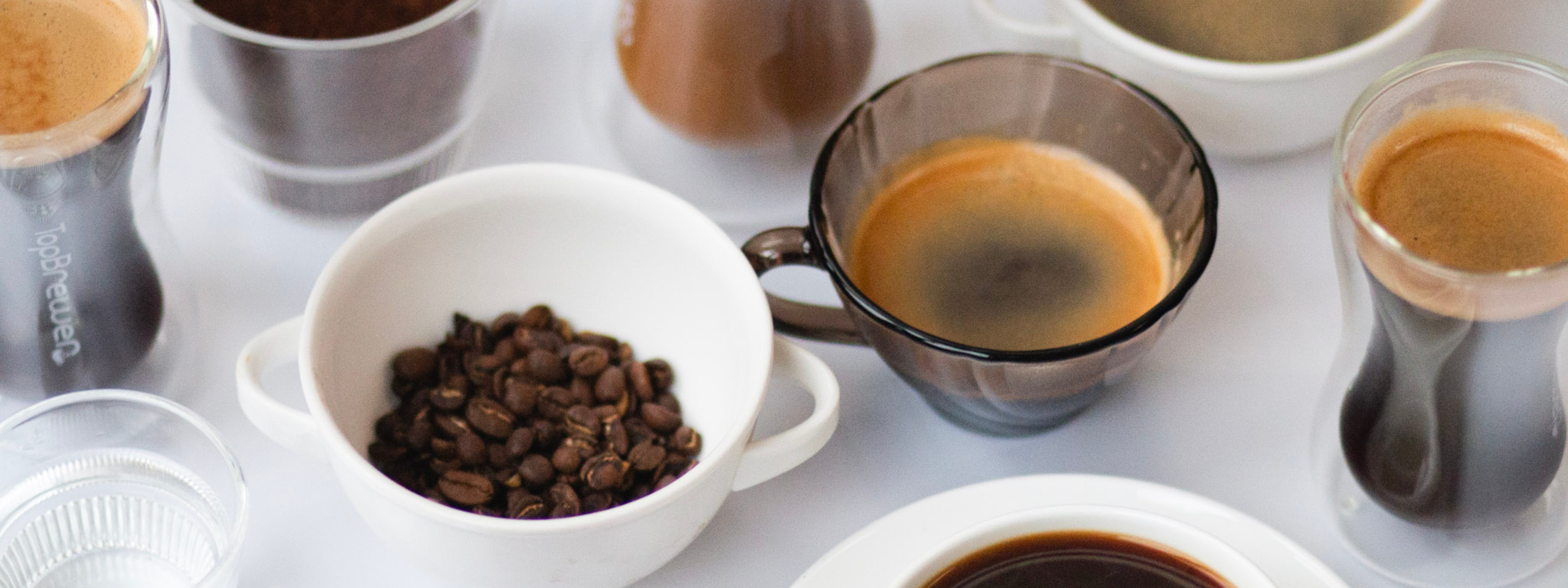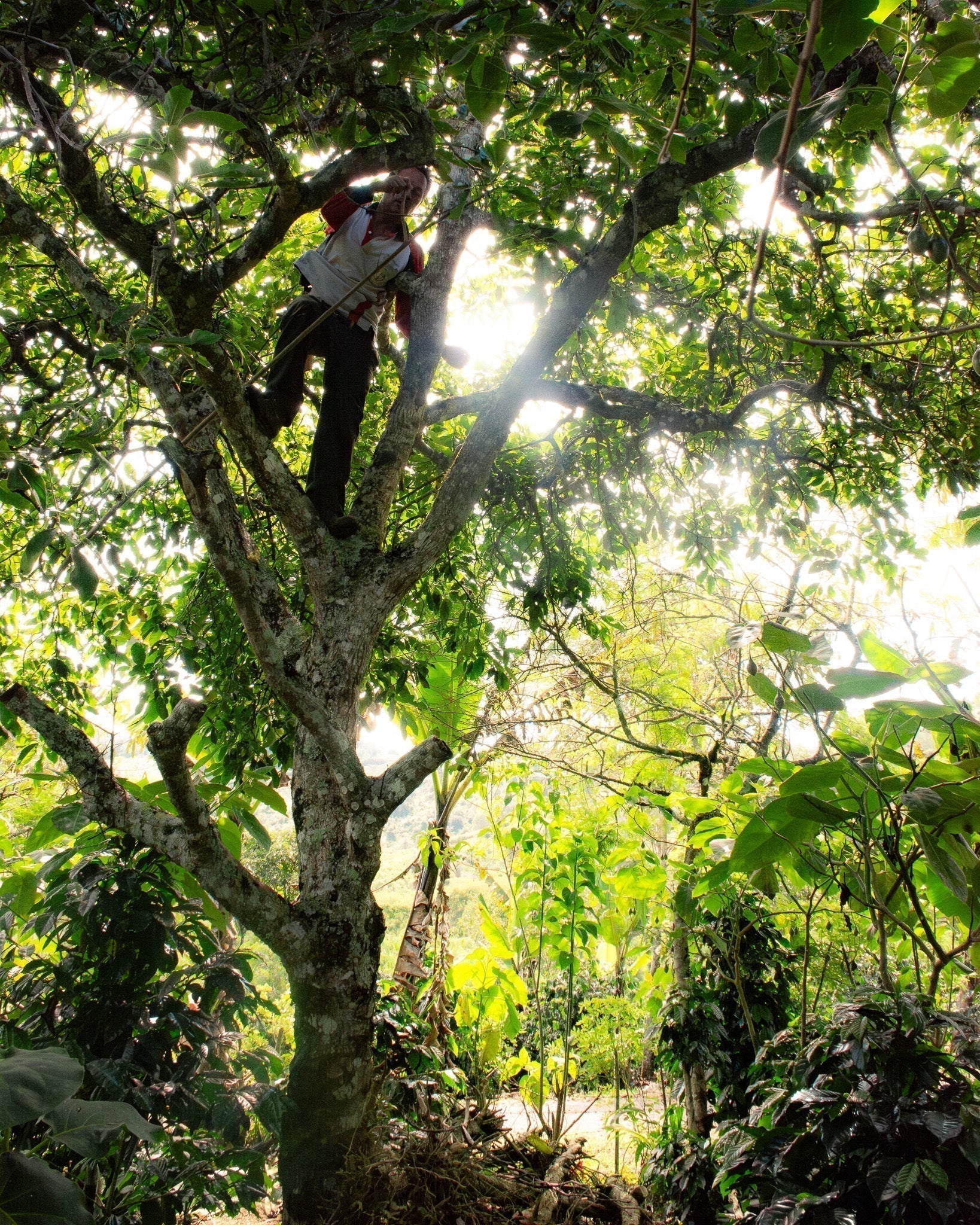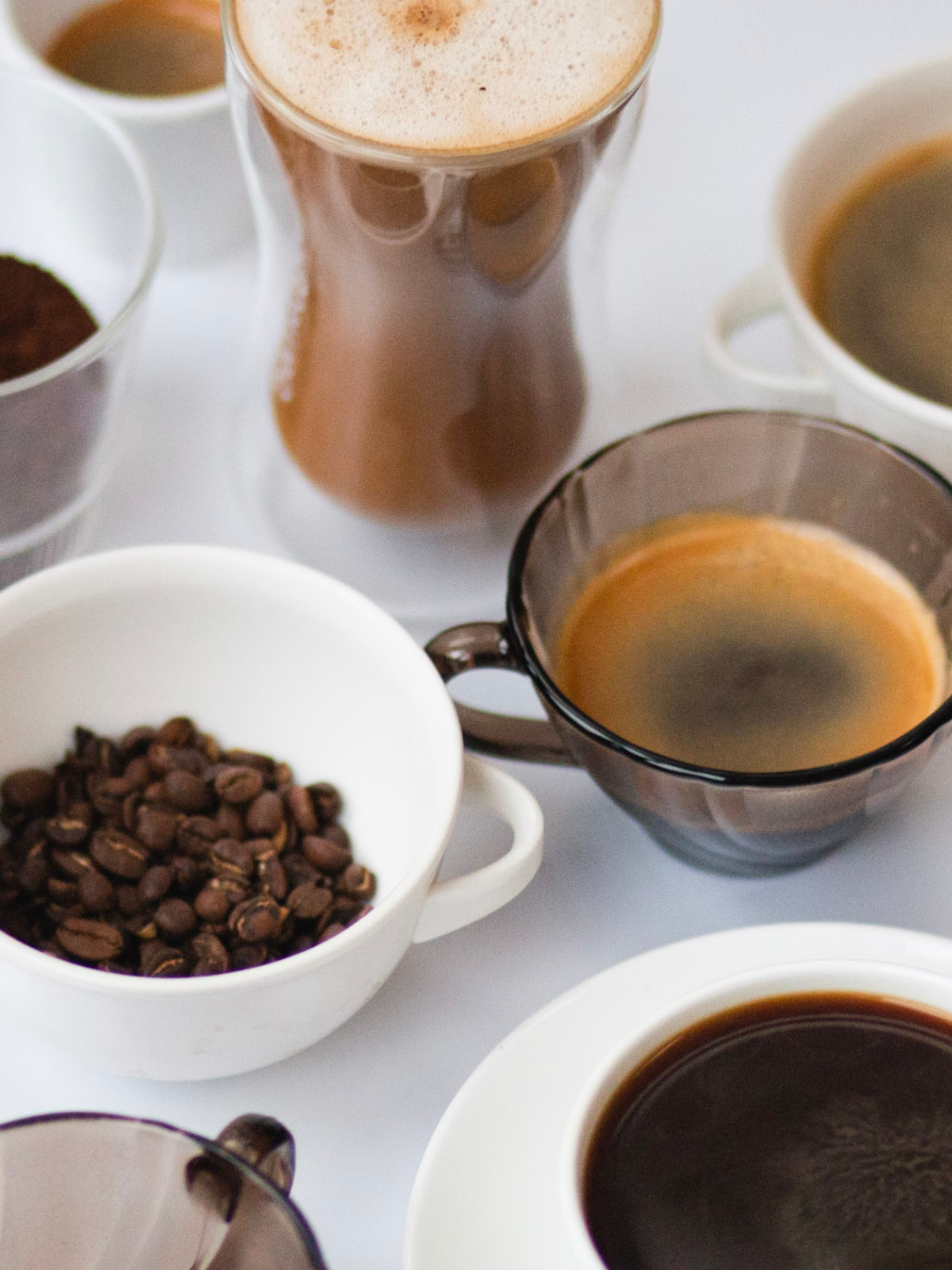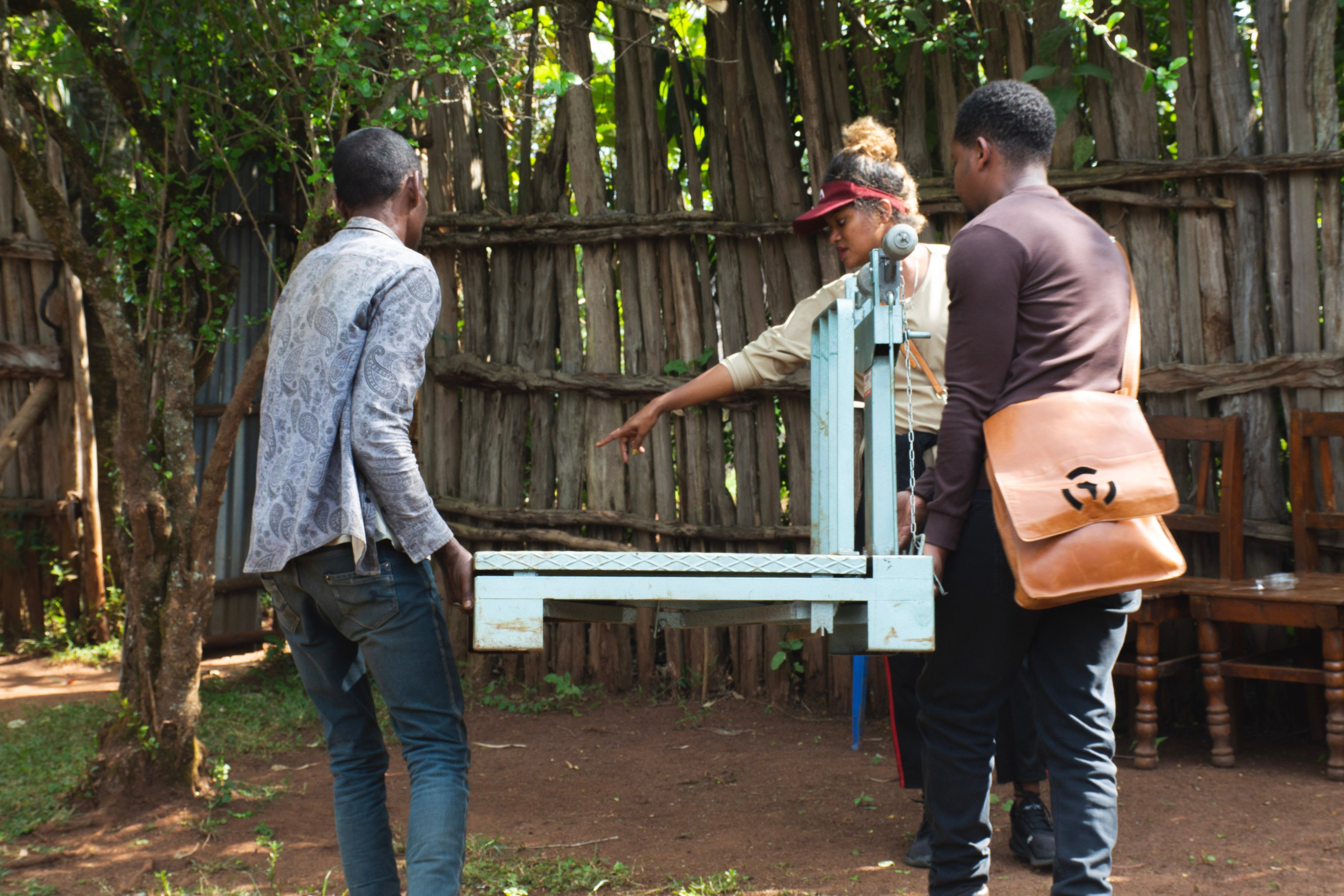Resting & Degassing your coffee
Why freshly roasted coffee isn’t always the best idea
At Amokka, we roast and ship coffee as fresh as possible — so you can decide when it's at its best. But just like wine benefits from breathing, coffee often needs time to rest after roasting. In the first days and weeks, the beans release carbon dioxide (CO₂), which can affect how the coffee brews and tastes. Letting that gas escape naturally brings more clarity and balance to the cup.
Freshly roasted coffee goes through a natural process called degassing. After roasting, the beans release carbon dioxide (CO₂), and during the first days and weeks, they’re still “settling down.” Brewing during this time, especially for espresso, can lead to unstable crema, inconsistent flavour, and tricky extractions.
We’ve all heard that coffee should be fresh, and that’s true, but too fresh can be just as problematic as too old. Letting your coffee rest gives the CO₂ time to escape and allows the full range of flavours to come through. Coffee Beans straight out of the roaster, although tempting to brew right away, we recommend waiting a few days.
Coffee Beans straight out of the roaster, although tempting to brew right away, we recommend waiting a few days.
When Should You Start Brewing?
Resting time depends on the roast level and how you brew. These are general guidelines, your taste might vary, and that’s okay.
Light roasts:
• Rest at least 2 to 3 weeks
• Peak somewhere between week 3 to 7
• Particularly important for espresso
Medium roasts:
• Rest for about 10 to 14 days
• Often peak at 2 to 6 weeks
• Good for both filter and espresso
Dark roasts:
• Rest 4 to 7 days
• Best within 3 to 4 weeks
• Use sooner, as surface oils age faster
These are not hard rules. Some coffees can surprise you. We recommend brewing a little earlier and then trying again each week to find the moment it truly shines.
 The amount of resting time needed to reach a coffee's peak flavour is dependent on the roast level.
The amount of resting time needed to reach a coffee's peak flavour is dependent on the roast level.Storage Tips to Keep Coffee Fresh
• Use an airtight container. Exposure to air makes coffee go stale faster. Oxygen is the main reason coffee loses its flavour. The best option is a vacuum canister that actively removes air, but the bag your coffee comes in (if it's sealed properly) works too.
• Keep it cool and dark. Avoid sunlit shelves, kitchen counters, or near the oven. A pantry is perfect.
• Avoid humidity. Don’t store coffee in the fridge unless the container is airtight and fully dry. Coffee works as a deodorizer, it will absorb all the aromas in your fridge.
• Freeze if needed. If you have extra beans, freeze them in sealed bags. Vacuum-sealed coffee lasts for years in the freezer!
• Only pour what you need. If you use a grinder or machine hopper, don’t leave extra beans sitting out.
Once a bag is opened, aim to finish it within 1 to 2 weeks for the best experience.
 An airtight glass jar is a good way to store coffee; just keep it out of the sun and preferably cool. Vacuum canisters are an even better solution.
An airtight glass jar is a good way to store coffee; just keep it out of the sun and preferably cool. Vacuum canisters are an even better solution.
How We Roast and Pack for Freshness
All our coffees are roasted and packed at our roastery just north of Copenhagen. We never store roasted beans they go straight from the roaster to the packing line.
We use triple-layer valve bags that protect the coffee from oxygen and moisture while allowing excess CO₂ to escape naturally. Unlike many roasters, we don’t use nitrogen flushing. The beans degas naturally in the bag, creating a protective environment that preserves aroma and flavour.
We also pre-blend before roasting. This means that all the beans in a blend are roasted together, not mixed after. It makes for better balance and uniform degassing.
Our bags don’t use aluminium, but the barrier is just as effective. It’s food-safe, recyclable, and built to keep the coffee tasting the way we intended.

For our Blends, green coffees are blended before roasting to ensure that the coffee tastes consistent and brews predictably.
When Is Amokka Coffee at Its Best?
Most of our coffees are at their peak between 3 and 5 weeks after roasting. They remain vibrant and expressive for at least 3 months if unopened and stored well. After that, you might notice some softness or a little less clarity, but the coffee will still be clean and enjoyable.
If you’ve received your coffee and it’s just a few days off roast, don’t worry, you don’t need to rush. In fact, waiting a bit might make it better.
You'll get the most out of each cup by giving your beans time to rest and storing them with care. We’ve done our part to preserve freshness — now it’s over to you.










Leave a comment
This site is protected by hCaptcha and the hCaptcha Privacy Policy and Terms of Service apply.